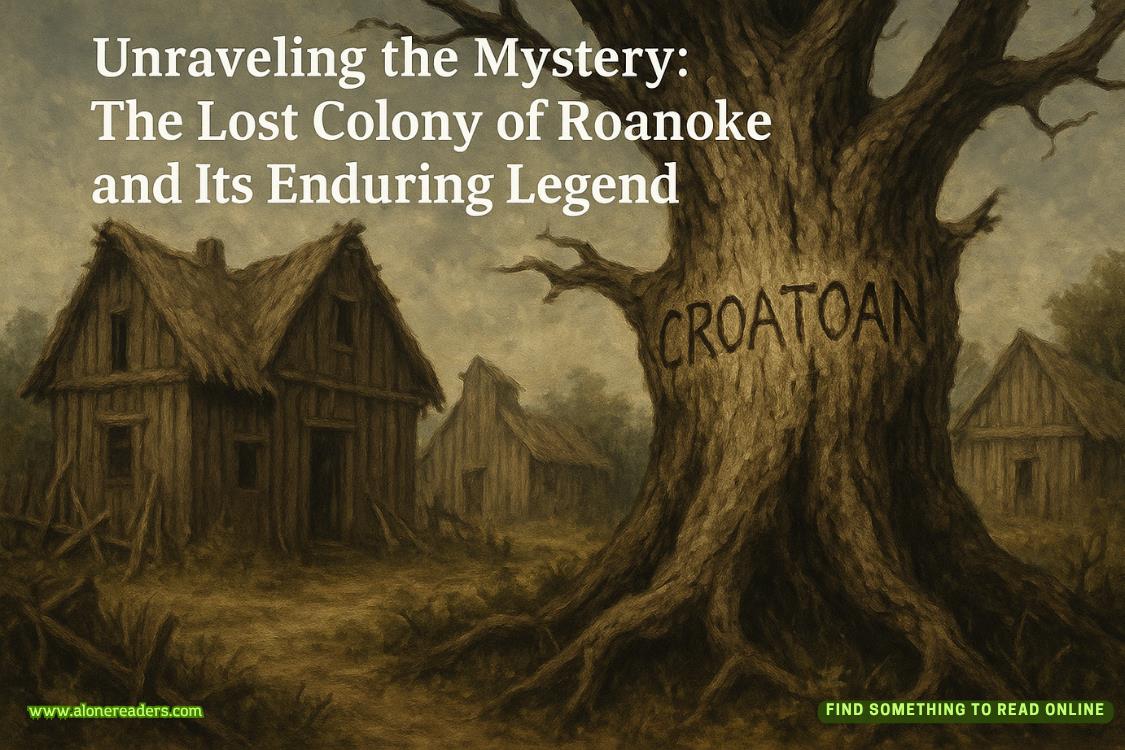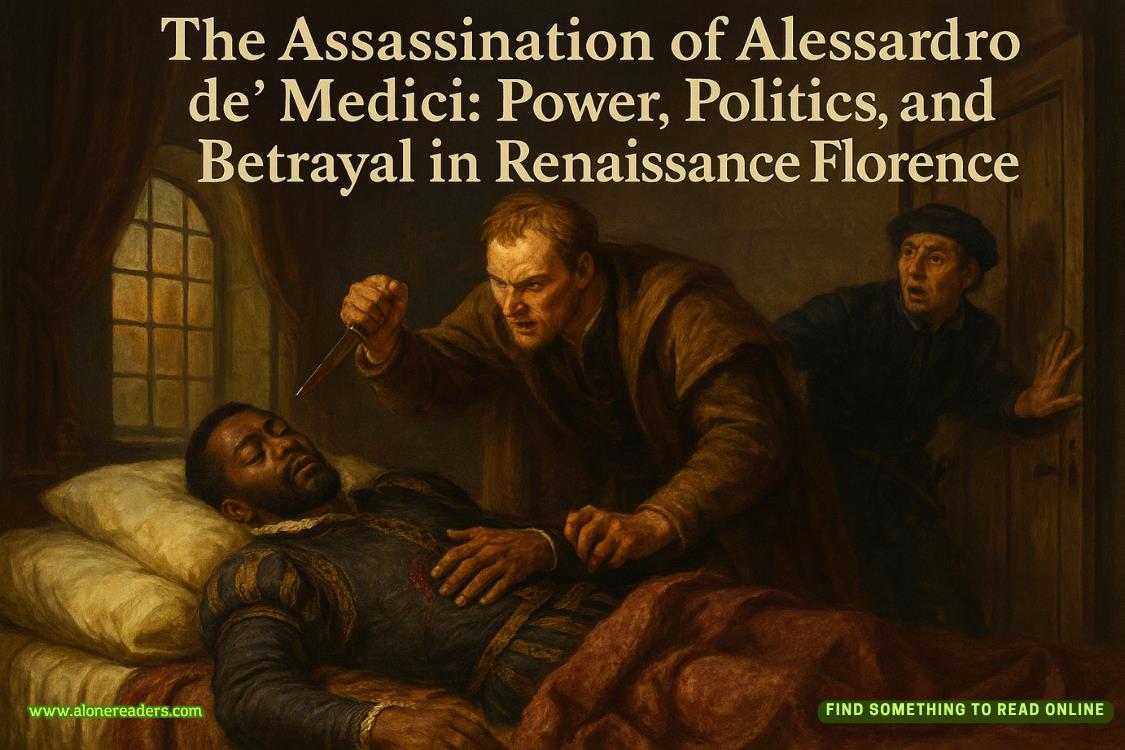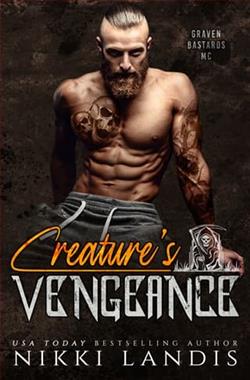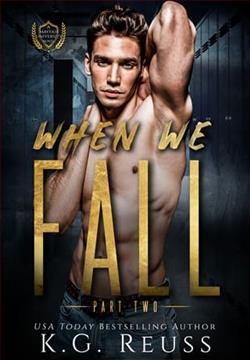Page 138 of The Bone Hacker
Rigby turned at the sound of our steps. Offering no greeting, she trudged to the perimeter and lifted the tape. Monck and I ducked under.
“Detective.”
“Officer.”
Monck and Rigby exchanged nods. Though no one was looking, I added mine to the mix.
“Constable Lightbourne tells me there’s a fatality.”
“Yes, sir.” Face cop-neutral.
“May we approach?”
“Yes, sir. But don’t be stepping too close. You don’t want to tumble over the edge.”
“I do not.”
“Ground creepers is flattened some. You’ll see the track.”
“Roger that.”
Monck set off, long-stepping like a mantis stalking a moth.
I followed, weaving through jagged rocks that repeatedly threatened a piece of my skin. Some lay loose, others thrust upward from sedimentary roots deep underground. The thrusters made me think of whales breaching at sea.
I moved cautiously, thankful I’d changed from sandals to sneakers. Every few steps, one foot or the other skidded on the layer of sand blanketing the ground.
A few paces out from the asphalt, I noted a rusty plaque on a telephone pole.Little Hole. No path. No handrail. Extreme danger.
Heeding the warning, and Rigby’s caveat about taking a tumble, I picked my way carefully.
Monck stopped at the point where the tape disappeared abruptly. Spread his feet. Hip-planted his real and prosthetic hands. Above his head, the vultures maintained their grim vigil.
I drew up at his side. Almost gasped.
The sign’s admonition wasn’t hyperbole.
We stood at the edge of a yawning crater; its craggy walls composed of crumbling limestone. I estimated its diameter to be thirty feet, its depth fifty.
Unlike its Long Bay neighbor, about which I would later educate myself, Little Hole enjoyed no link to the sea. Its base was dry and contained no water.
What it held was far worse.
The Tacoma lay “ass-up” about thirty feet down. Even at our high elevation on the hillside, the smell of scorched metal and burnt flesh was unmistakable.
I re-created the crash in my mind.
The truck’s impact against the wall face had sparked a fire and sent shards of limestone blasting upward. The billowing smoke and shower of chalky sediment had turned the vehicle’s exterior the color of a ghostly dawn.
I swallowed. Found my mouth short on saliva. Forced myself to focus on details.
The pickup had two doors. The force of the impact had blown both open, accordioned the engine, and bent the cargo bed twenty degrees off kilter. The windshield had spiderwebbed on the passenger side, exploded outward in a starburst pattern in front of the steering wheel.
Newton’s First Law of Motion: an object in motion stays in motion. That’s why we wear seat belts.
I studied the moving object that had blown through the glass.
The driver lay half in and half out of the starburst, clothing scorched and seared to his or her blackened flesh. I noted clawed fingers, joints flexed into the pugilistic position typical of fire victims.















